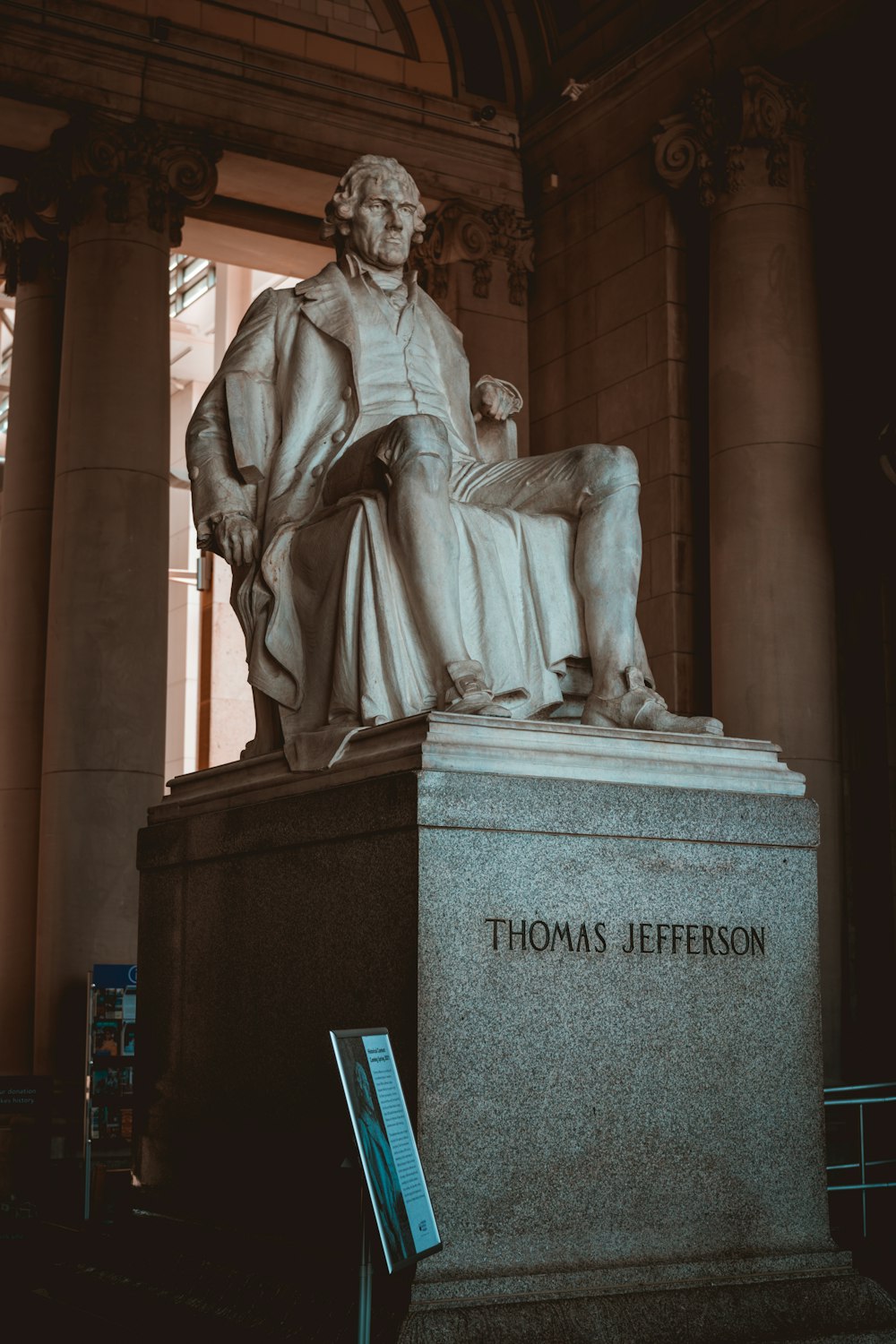Our Early Easter Hope (A Reflection on John 11)
Thomas Jefferson died on the fifty year anniversary of the signing of the Declaration of Independence, a document for which he was the principle author. Many also remember him for his editing work of another document: the Bible. He ripped out all the passages from the gospels with supernatural claims leaving behind only the life and morals of Jesus minus any sort of divinity. Among his many memorials and obituaries, passages would be cited in remembrance, passages which Jefferson had eliminated from his own Bible, passages like John 11.
The eleventh chapter of John’s gospel contains the account that led to Jesus’s crucifixion. It’s that part of John’s gospel where Jesus goes one step too far for the religious and political leaders. His divinity, the fact that he is God, is on full display when he raises Lazarus from the dead four days after his friend died. Rabbis in the first century had a weird view that the soul kind of hovered around the body for three days.
Without modern medical technology, it’s possible, if not probable, this is because of misdiagnosing death. A person assumed dead could resuscitate at an inconvenient time, like their own funeral. Even with modern technology it can still happen, evidently. In 2011 a woman in Russia, thought to be dead, resuscitated while lying in her coffin. Fagili Mukhametzyanov sat up in the middle of her funeral, let out a yell, and then collapsed again. She died in a hospital shortly thereafter from the heart attack suffered from the shock of waking up in a casket with people praying for her soul to be taken to heaven.
By waiting four days, Jesus removed the obstacle of their misconception about the soul lingering for three days after a person’s death. This miracle couldn’t be easily dismissed. On day four, the religious leaders would have fully accepted Lazarus’s being truly and fully dead. It couldn’t have been like the comical scene in Monte Python’s The Search for the Holy Grail. If you’ve not seen it, don’t worry about it. For Lazarus, the only hope on day four was divine intervention. Enter scene Jesus.
I’m preaching on this passage this morning in the chapel service at Southwest Baptist University in Bolivar, Missouri, where I serve as a senior fellow and lead the Center for Worldview and Culture. If you’re interested, you can view the chapel on their YouTube channel. I would encourage you to take a quick minute and read John 11 and reflect on the beauty and hope of this tender picture of our Savior.
I won’t try to cram my sermon into this post, but I will give you my main points. In this passage we get a panoramic of the Christian hope. Whatever your circumstances are today, this moving scene reminds us, in Christ, there is a greater purpose (John 11:4), a greater love (John 11:3, 5, 35, 36, 38), and a greater power (John 11:25, 43). Whether you feel stuck, rejected, destitute, or hopeless, this Jesus, who is the resurrection and the life, offers you a greater purpose, a greater love, and a greater power.
Thomas Jefferson didn’t believe in the resurrection of Lazarus or even that of Jesus. He died with a Bible devoid of miracles and a Jesus custom-edited to fit his secular preferences. He died without hope. In contrast, for all who trust in the real Jesus, like Lazarus did, there is more to be expected beyond the grave. Christians die with the love of God and the real hope in the power of the one who is able to speak into sealed tombs and call us his friends out into the light of day.

